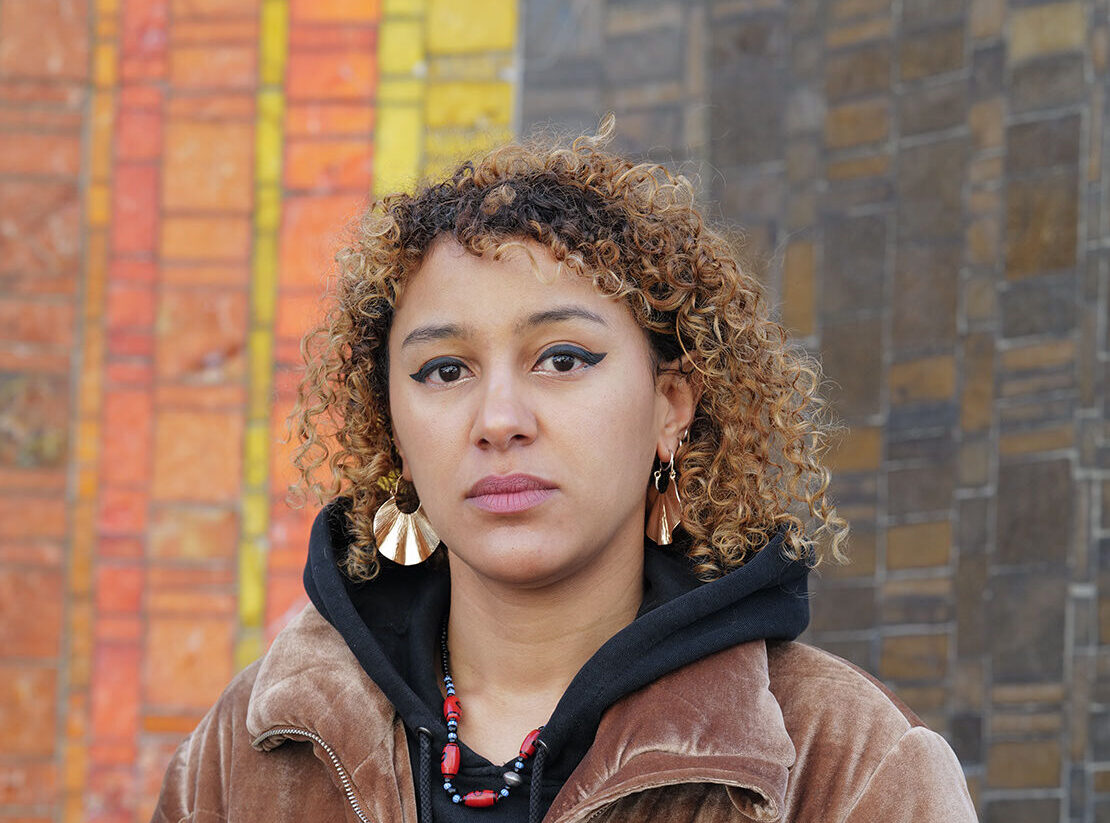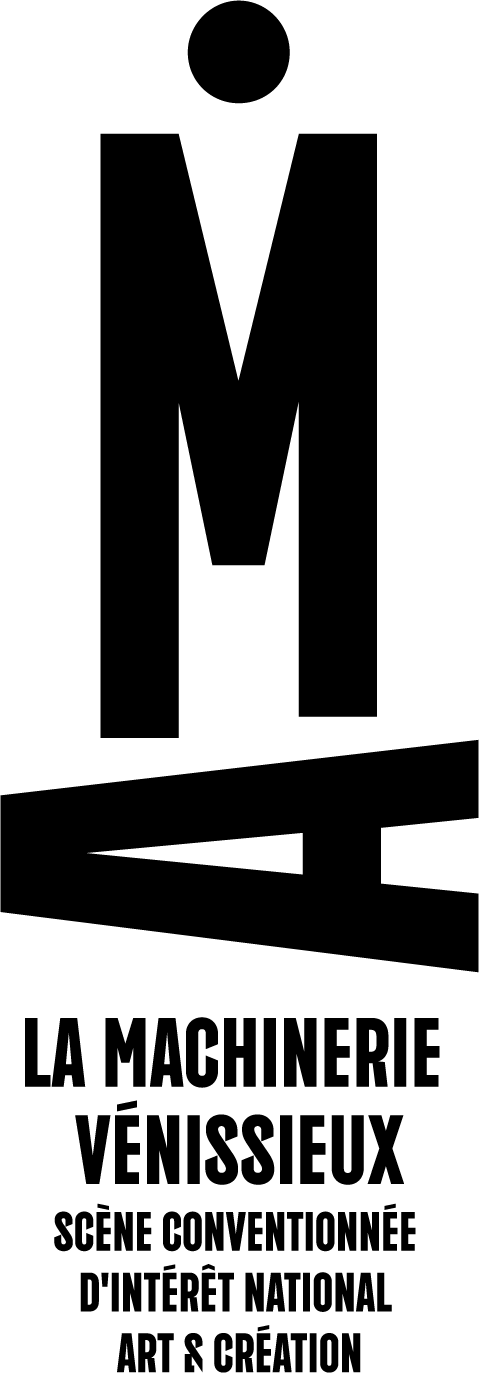Diaty Diallo
Artist, novelist
Summer 2024

- Literature
- Atlanta
- Chicago
- Miami
- New Orleans
- New York
“I had the continuous feeling of being confronted with complex, organic, and shifting geographies, sociologies, and cultures, where absolutely nothing was self-evident or aligned with my preconceived notions.”
I write poetry, songs, and fiction, I photograph, and I perform. I studied visual arts, cultural project management in public spaces, and pursued a literary creation program. After spending a few years supervising artworks in museums, watching over children in study halls, wandering around London searching for a job or a new room in a youth hostel, I eventually worked for six years in socio-cultural and popular education associations.
In 2022, I published my first novel, Deux secondes d’air qui brûle, with Éditions du Seuil, and since then, I have written numerous texts for magazines, radio columns, performances, and plays.
Diaty Diallo is a novelist and artist. In 2022, she published her first novel Deux secondes d’air qui brûle, which was a finalist for the Prix Médicis and the Prix du Livre Inter, among others.
I had the chance to travel through Chicago, Detroit, New Orleans, and Atlanta—on foot, by bike, scooter, public transportation, and taxi.
I wandered around, listened to some House music in Chicago, Techno in Detroit, attended poetry open mics, Gospel concerts, and second lines in New Orleans, Zydeco jam circles in Lafayette, and marching bands and futuristic jazz improvisations in Atlanta. I visited cultural, institutional, and alternative spaces (skateparks, wastelands, etc.).
While exploring these cities, I documented my experiences, connected cultural phenomena, and deepened my understanding of racial and social identities. I explored the concept of the Black Atlantic as a catalyst, a space for inter- and intra-cultural circulation, and a political echo chamber.
I also experienced the scale, density shifts, demographic changes, and architectural diversity, observing how neighborhoods flow into one another, the stakes linked to certain transformations—especially economic—and spaces still marked by forms of segregation.
Thus, I had the continuous feeling of being confronted with complex, organic, and shifting geographies, sociologies, and cultures, where absolutely nothing was self-evident or aligned with my preconceived notions.
I took numerous photos, recorded sound fragments, and created playlists from songs I heard in public spaces. I even composed some music.
These experiences broadened my political and artistic inquiries. I discovered new ways of performing and creating directly in the streets, which continue to inspire me. I crossed intriguing, charged, melancholic landscapes that naturally intertwined with those of my novel in progress.
Most of the music I listen to, rap (trap, drill, jersey drill…), blues, folk, techno, etc. take their roots north America. But I’m aware I have many gaps to fill before having a more coherent view of what could be a cultural diasporic continuum between USA and France.
My interest in traveling to several major U.S. cities primarily stems from the visible aspects of transformation, such as gentrification, which often conceal deeper philosophical connections and profound disparities, including the contrasting urban geometries of French and American metropolises.
I will spend time in public spaces to observe what choreographies are happening, inventory the ghosts of the past, the shreds of memory personified by all the track of resistance in the urban landscape, to understand how different layers work together or not; eras, type of occupations, age, class, gender distribution, public policies decisions.
I have one specific imaginary world for each city that I picked for the project and of course, it starts with the music : New Orleans with the birth of Jazz and Mardi Gras, New York with rap, no wave and musicals, Chicago with house and drill, Detroit with disco and techno, Atlanta and Miami with Dirty South, Baltimore with b-more club, etc. and a whole original soundtrack that goes with that itinerary. I want to listen to music where it is produced, streamed and played live, I want to dance on it.
I have a need to examine reality and assess how it intersects with the narratives presented in fiction. I want to see if the actual landscape aligns with the stories I’ve heard: Is there a touch of Treme in New Orleans, shades of Spring Breakers in Miami, or echoes of She’s Gotta Have It in NYC?
In partnership with

La Machinerie
La Machinerie is a nationally renowned performing arts venue dedicated to urban and contemporary writings. With a special emphasis on hip-hop culture, La Machinerie proposes a multi-disciplinary program. La Machinerie supports the emergence of new languages, voices and narratives.
La Machinerie supports local artist, musical groups and regional companies. Emerging artists, find a residency space at La Machinerie and receive tailored support based on their specific needs and creative projects.
Rooted in the vibrant community of Vénissieux, it’s team also collaborates with metropolitan and national structures to develop projects that promote artistic education and cultural action. These initiatives include workshops, residencies, and programs for amateur artists. Over fifty projects have been co-created with partners in Vénissieux, focusing on artistic education and cultural action.
